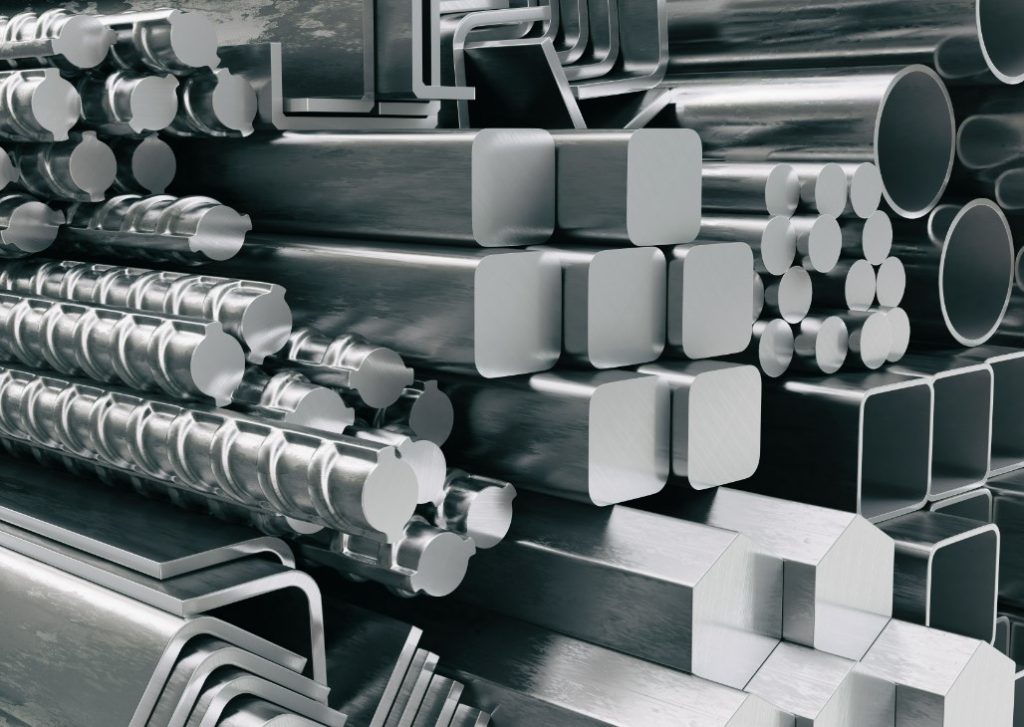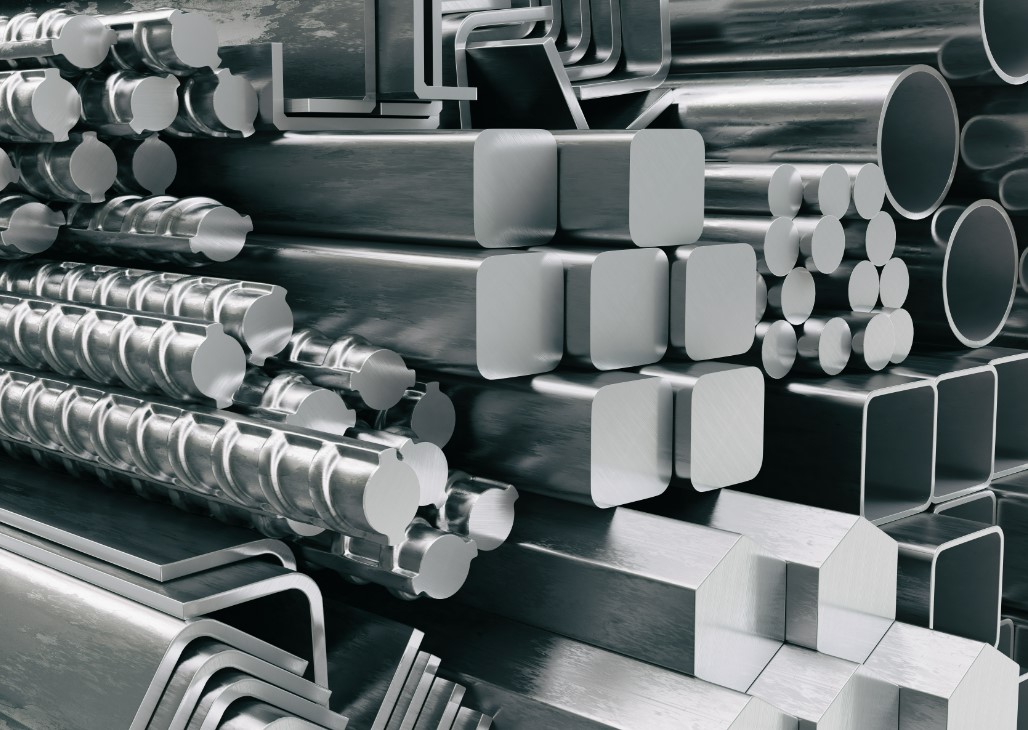Introduction
The recent announcement by Magnitude 7 Metals, the United States’ second-largest aluminum smelter, to scale down operations by January 28, has sent ripples through the industry. This decision, rooted in the challenges of high energy costs and operational difficulties, not only affects the company’s workforce but also raises questions about the future of the U.S. aluminum smelting industry.
The State of the Aluminum Industry in the U.S.
With Magnitude 7 Metals’ scale-down, the number of primary aluminum smelters in the United States will be reduced to just four. This development highlights the significant role Magnitude 7 Metals plays in the industry, boasting an annual production capacity of 263,000 tons. The smelter’s struggles reflect broader industry trends, where operational and economic pressures are increasingly common.
Challenges Facing the Aluminum Smelting Industry
The aluminum smelting industry is at a crossroads, facing several formidable challenges. High energy costs have become a critical concern, making it difficult for many smelters to maintain profitable operations. Moreover, the industry is grappling with the effects of global economic shifts that have tempered aluminum demand. Environmental policies, while crucial for sustainability, have introduced additional pressures, requiring significant adaptation and investment from smelters.
Magnitude 7 Metals: A Case Study in Industry Challenges
Magnitude 7 Metals’ operational scale-down is a microcosm of the wider issues facing the aluminum smelting industry. The company’s decision, driven by unsustainable energy costs and operational difficulties during a harsh winter, underscores the vulnerability of traditional smelting operations to external economic and environmental factors. This case study serves as a cautionary tale for the industry, highlighting the urgent need for adaptation and innovation.
The Future Outlook for Aluminum Smelting
As the industry looks to the future, the shift towards renewable energy sources and stringent carbon emission policies represents both a challenge and an opportunity. Traditional smelters must navigate these changes, seeking ways to innovate and possibly reinvent their operations to be more energy-efficient and environmentally friendly. The search for new funding and investment in technology may hold the key to revitalizing the industry and ensuring its sustainability in the long term.
Conclusion
The scale-down of operations at Magnitude 7 Metals is a significant development in the U.S. aluminum industry, reflecting the complex interplay of economic, environmental, and operational challenges. As the industry contemplates its future, it becomes clear that adaptation, investment, and innovation will be crucial for survival and growth. The path forward may be fraught with challenges, but it also offers the opportunity to redefine the industry for a sustainable and profitable future.

